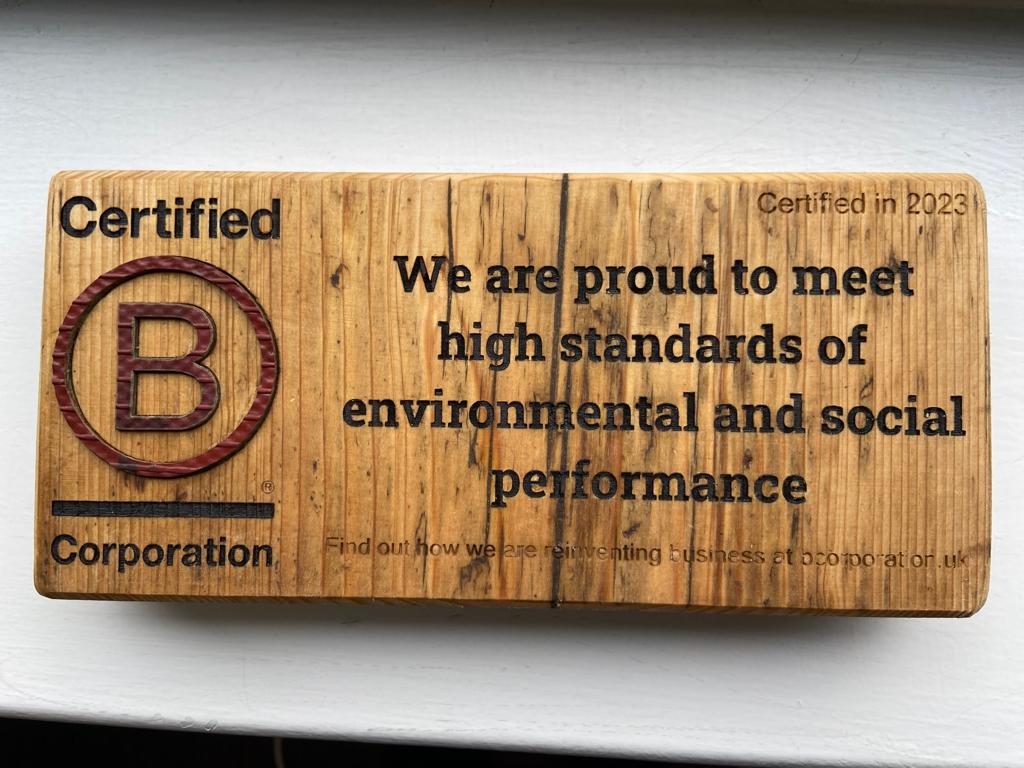In previous blogs we have spoken about the fact that many businesses do not take the time to create a business plan. Business leaders spend too much time ‘in their business’ running their companies. However, when pressed, normally by the bank, they do produce a financial summary that purports to be a plan, though this normally fails to lay out the strategic direction of the company and how its aims will be achieved.
For the business leaders that do take the time to produce a business plan one of the difficulties that they immediately run into is the confusion in the definitions of key business terms such as a mission, a purpose and a vision.
Mission
A mission is the purpose of the business i.e. what you are in business to do. For example, Google’s mission is
“Organising the world’s information”.
I like this. It is short and memorable. Too often mission statements are long and rambling that no-one can remember.
Another reason I like Google’s mission is that it starts with a verb, a “doing word” suggesting action. Also, they do not set out to be the biggest, best etc. as many companies want to do. Their mission also gives them “wiggle room” as it does not pigeon-hole them into a particular area such as search-engines. As you know Google has expanded way beyond what they initially were known for.
Purpose
Mission answers “we are in the business of…” which then platforms “in order to…” which is the purpose. At QuoLux™ our mission is “supporting leaders to be the best they can be” in order to “Inspire Belief” which is our purpose. Effective leadership is about increasing your self-belief & your confidence to positively act and say, “Yes, I can”. It’s about inspiring belief in your team, providing them with a sense of purpose allowing them to go further than they thought possible giving them their voice to say, “Yes, we can”.
Vision
Whereas a mission is continuous and has no ending, a vision is time-bound. A vision is what something will look like in the future and your part in that future. It is something that is not easy to achieve. Famously, John F Kennedy said in May 1961 that,
“By the end of the decade, NASA will put a man on the moon and bring them back safely.”
NASA’s vision, communicated by JFK, was a huge stretch at the time as the Americans were well behind the Russians in the space race. Nonetheless direction was given and in time the vision was achieved. Indeed when JFK toured the Space Centre he asked a janitor sweeping the floor what he did and the janitor said, “I am helping to put a man on the moon.”
It is a great example of creating a clear vision that galvanised and motivated an organisation and individuals to get behind it and achieve it, so that they understood what part they played in realising that vision. By keeping the floors clean the janitor understood he would avoid contaminating the space suits as the astronauts walked through the facility.
And what do you do when the vision is realised? You set a new one!
So the vision changes, but the mission stays the same.
Finally, when we work with companies on business planning we get them to agree their corporate and financial goals. It is best to separate these from the vision.
We believe that any organisation should have clarity on their mission, purpose and vision and be confident enough to communicate these both inside and outside their companies.
When employees can see how their individual goals fit into the big picture – how they are contributing to the overall company mission, vision, purpose – they are even more effective. Professor Steve Kempster, one of our masterclass speakers, likes to remind our delegates of the story of the two quarry workers. When asked what they were doing, one quarry worker explained that they were cutting rocks, whilst the other described that they were ‘building a cathedral’. It is the second man, who can see the link between his day-to-day role and the overall company goals (vision), who is more motivated and will bring his best self to work. How can you make sure that individuals in your team / department / organisation see how they are contributing to the bigger picture?
If you are interested in finding out more about developing yourself and your organisation to improve leadership, business performance and get the best from your team, please get in touch with Jo Draper or Stewart Barnes. Our next effective leadership and business strategy program for senior leaders (LEAD™) starts on 10th and 11th November 2022.
Keep up-to-date on the latest leadership and management tips by signing up to our weekly blog here




